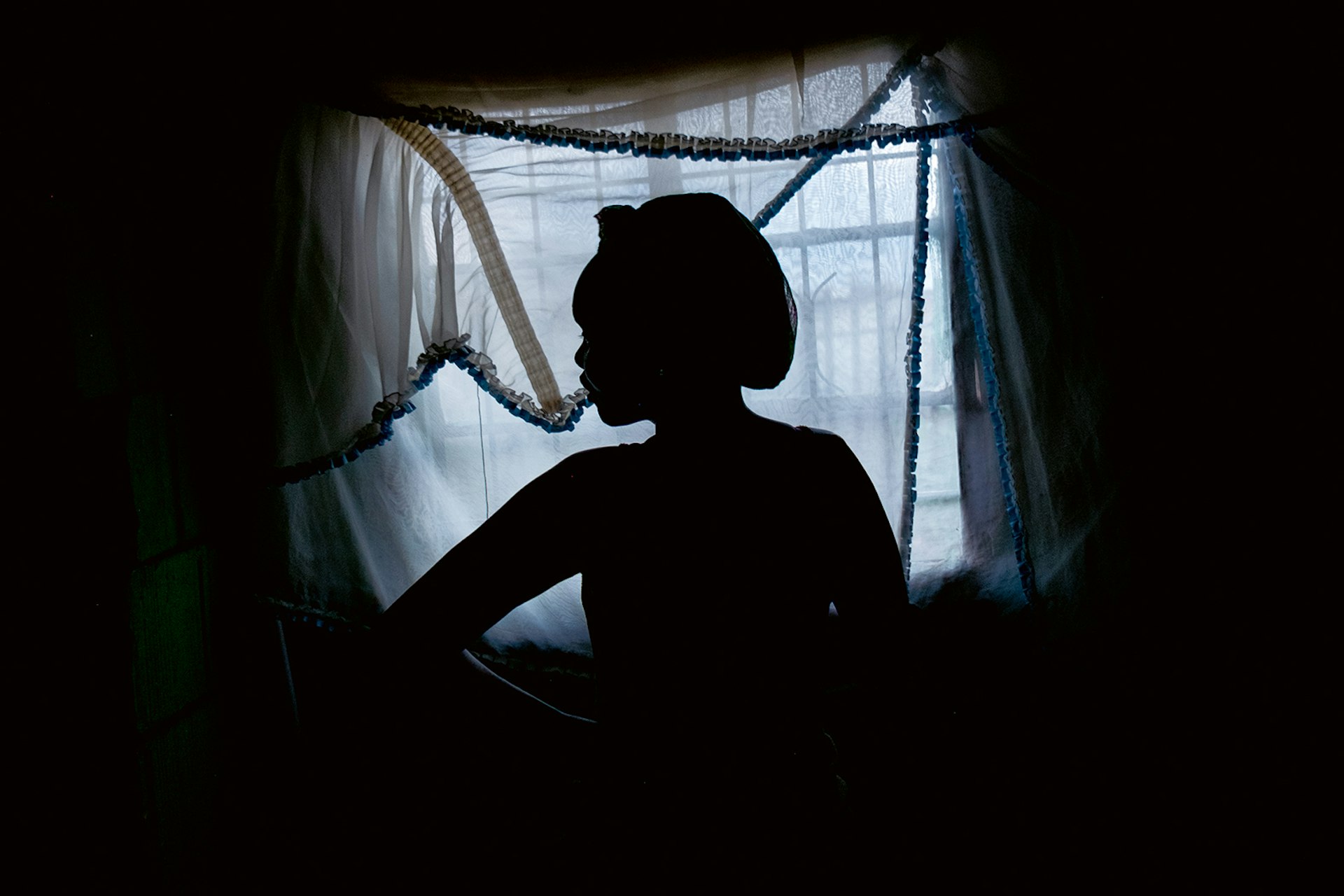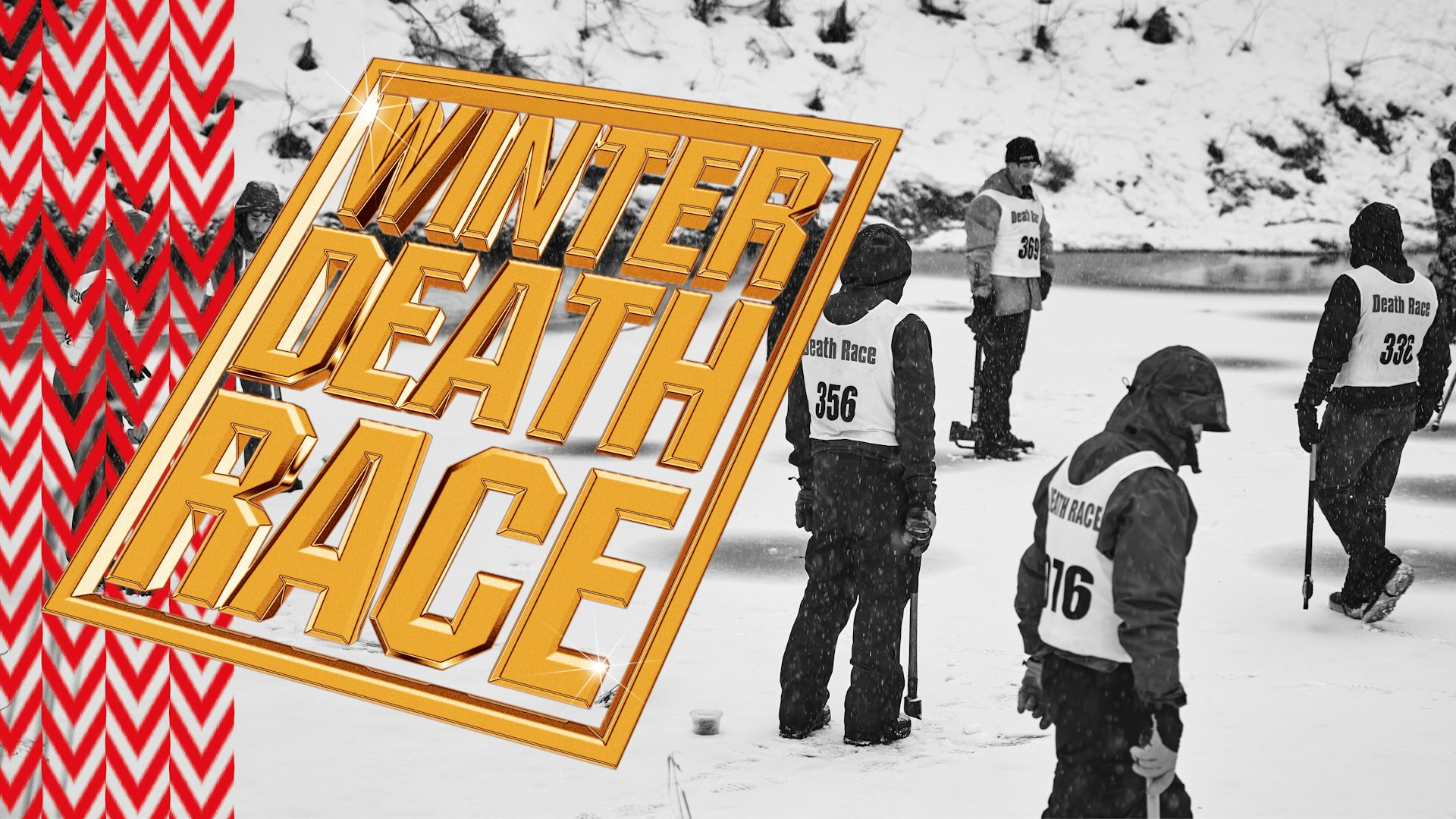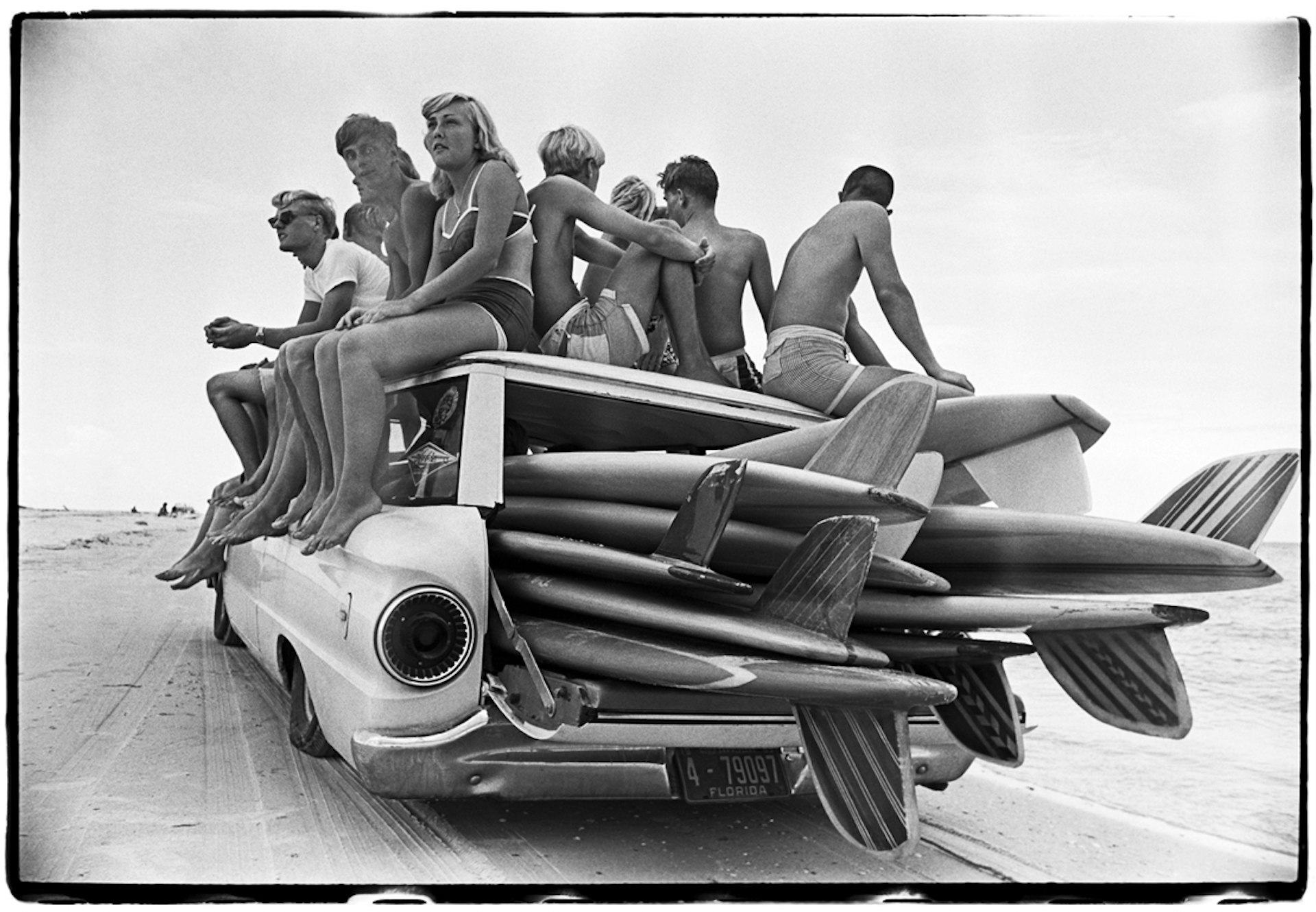Louis Stettner’s timeless portrait of mid-century America
- Text by Miss Rosen
- Photography by Louis Stettner

For nearly 80 years, Louis Stettner (1922–2016) devoted himself to photography, charting a singular course through the 20th century. Rather than conform to a readily identifiable label, Stettner moved fluidly between styles, crafting an approach he described as “Humanist Realism” that set him apart from his contemporaries.
“I am the world’s best-known unknown photographer,” Stettner was known to say of himself. Now the new book and exhibition, Louis Stettner, set the record straight with the largest retrospective of the artist’s work to date.
The book crafts a layered portrait of Stettner’s life, beginning with his journey from the streets of Brooklyn to the frontlines of World War II, where he served as a combat photographer at the tender age of 18. As a life long Marxist, Stettner understood he was duty bound in the fight against fascism, but it was the connections with fellow soldiers that proved transformative and imbued him with what he later described as “a faith in human beings that has never left.”


“I lived and fought together with my fellow countrymen, fishermen, industrial workers, storekeepers whom I had only brushed up against in Times Square,” said Stettner, who readily embraced themes of everyday life in his work.
After returning home, Stettner joined the legendary New York Photo League, where he befriended luminaries like Weegee and Sid Grossman, who recognised photography as a tool of social change.
“What’s fascinating about the group is that it wasn’t particularly programmatic about what kind of images should be made or what a photographer should do in the world,” says curator, writer, and educator David Campany, who contributed a essay to the book.
“Stettner kept to his attentive observational approach, making images of workers and citizens,” Campany continues. “I’m not sure it is possible to read his politics in any direct way from his images. Observational photography and activism don’t go together particularly well. Such photographs describe but they don’t ‘explain’ or make arguments.”

In 1947, Stettner took up residence in Paris, where he became close with Brassaî, who famously documented the steamy underside of Paris by night and took the young American under his wing. He lived there for five years, before returning to New York, and then moving between the cities for the remainder of his life.
Long before it was commonplace for artists to adopt a multidisciplinary approach, Stettner displayed his gifts as a photographer, writer, painter, and playwright, using different mediums to explore the humanist instinct compelled his explorations of the “common man”.
“Within 20th century modernism there was a presumption about ‘medium specificity’, that the different art forms should be distinct and artists should be specialised,” says Campany. “This was always going to be too narrow for Stettner, whose thinking and creative impulses ran in many directions.”
Although Stettner’s practice ran against the grain of conventional thought, his vision stood at the vanguard, ushering in a new age. It was a credo he lived by throughout his life, putting it best in 1971, when he wrote a letter to the editor of Camera magazine, stating: “Very simply, lets give photography back to the photographers.”
Louis Stettner is on view through September 15, 2025, at Fundación MAPRE KBr Photography Center in Barcelona. The book is published by Thames & Hudson.
Enjoyed this article? Follow Huck on Instagram.
Support stories like this by becoming a member of Club Huck.
Latest on Huck

Exploring the impact of colonialism on Australia’s Indigenous communities
New exhibition, ‘Under a Southern Star: Identity and Environment in Australian Photography’ interrogates the use of photography as a tool of objectification and subjugation.
Written by: Miss Rosen

My sister disappeared when we were children. Years later, I retraced her footsteps
After a car crash that saw Magnum photographer Lindokuhle Sobekwa hospitalised, his sister ran away from their home in South Africa. His new photobook, I Carry Her Photo With Me, documents his journey in search of her.
Written by: Lindokuhle Sobekwa

Inside New York City’s hedonistic 2000s skateboarding scene
New photobook, ‘Epicly Later’d’ is a lucid survey of the early naughties New York skate scene and its party culture.
Written by: Isaac Muk

Did we create a generation of prudes?
Has the crushing of ‘teen’ entertainment and our failure to represent the full breadth of adolescent experience produced generation Zzz? Emma Garland investigates.
Written by: Emma Garland

How to shoot the world’s most gruelling race
Photographer R. Perry Flowers documented the 2023 edition of the Winter Death Race and talked through the experience in Huck 81.
Written by: Josh Jones

An epic portrait of 20th Century America
‘Al Satterwhite: A Retrospective’ brings together scenes from this storied chapter of American life, when long form reportage was the hallmark of legacy media.
Written by: Miss Rosen




